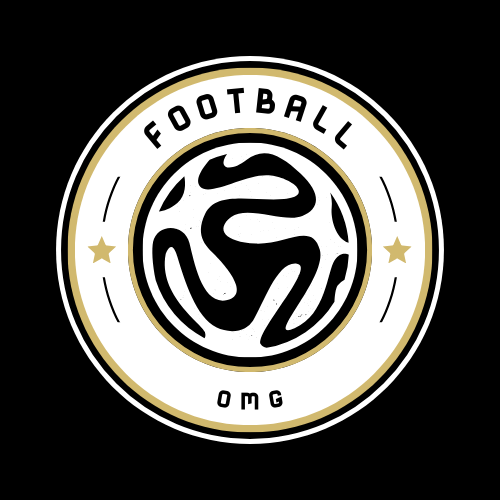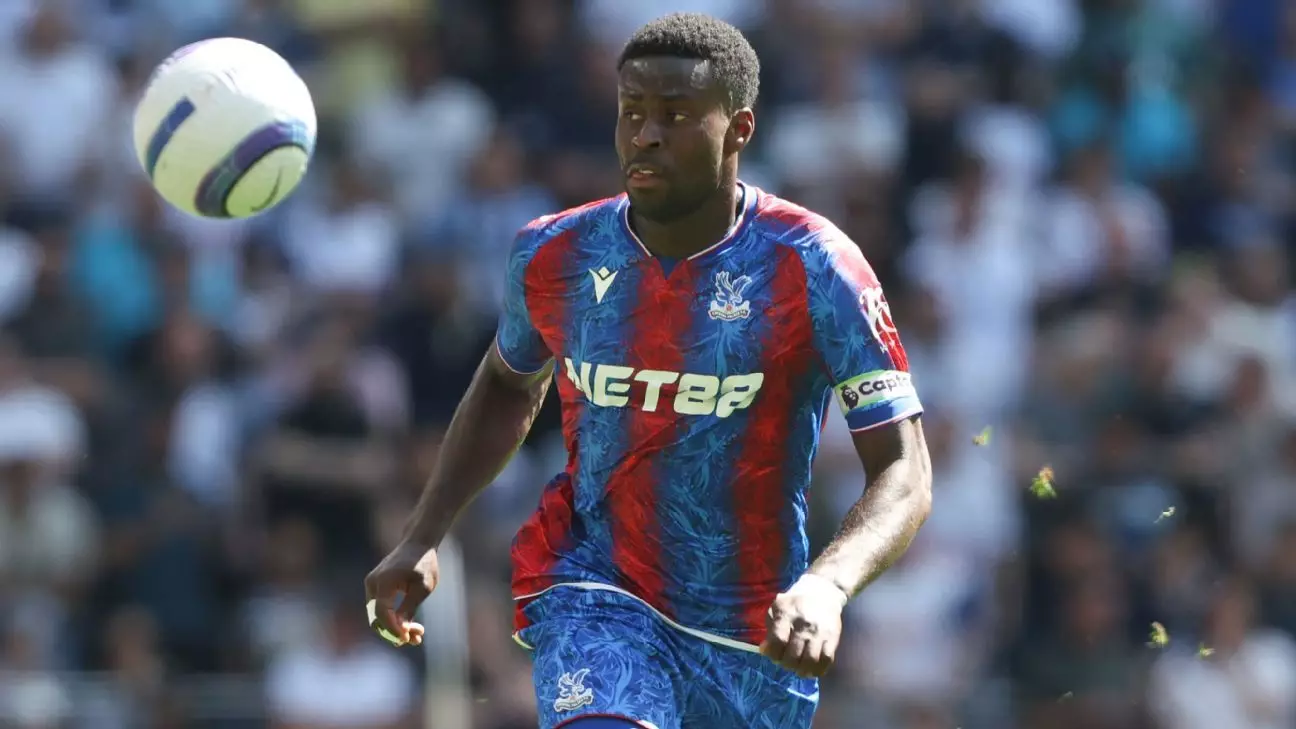In the world of professional football, every transfer season brings excitement, speculation, and strategic maneuvering behind closed doors. The ongoing transfer saga is not just about stars changing jerseys; it encapsulates the ambitions of clubs and players alike. Recent developments highlight some intriguing dynamics that could reshape the landscape of European football, particularly focusing on the ambitions of Marc Guéhi, Darwin Núñez, and a host of other talents.
Aiming for New Horizons: Marc Guéhi’s Prospective Journey
At just 24 years of age, Marc Guéhi has become a cornerstone in Crystal Palace’s defense since his £18 million acquisition from Chelsea. His evolution as a player has opened up tantalizing opportunities, especially with clubs like Barcelona and Real Madrid keenly observing his progress. The ability of renowned clubs to scout talent isn’t surprising, yet Guéhi’s willingness to run down his contract until 2026, potentially leveraging a free transfer to LaLiga, showcases a bold approach to his career.
This strategy indicates a broader trend among professional athletes who prefer the allure of prestigious clubs over the immediate security offered by competitive Premier League teams like Chelsea, Newcastle United, and Tottenham Hotspur. Guéhi’s vision reflects a desire not merely to excel but to do so on the grandest stage, where the realities of international football intersect with commercial success. It evokes an interesting dialogue about loyalty and ambition in modern football—should players remain loyal to their current clubs, or should they take risks for the sake of their passions?
Considerations over Darwin Núñez: The Uruguayan’s Future
In a parallel narrative, Liverpool’s Darwin Núñez finds himself amidst swirling rumors, particularly an inquiry from Napoli regarding his services. The Uruguayan, who has had a lukewarm scoring record this season, faces an uncertain future at Anfield. His situation highlights an underlying issue within clubs that recruit heavily; once the initial excitement settles, performance pressures mount, and decisions must be made.
Interestingly, interest from the burgeoning Saudi Pro League suggests that financial incentives could play a significant role in his next move. The implications of such transfers on traditional European leagues may be far-reaching, altering talent distribution and competitive balance. Young talents such as Núñez may also find themselves recalibrating their ambitions, considering clubs that not only pay well but position them for broader exposure and growth.
The Transfer Tango: A Collection of European Targets
This summer, players like Jonathan David and Leroy Sané are at the center of attention, drawing inquiries from multiple elite clubs. David’s pre-contract negotiations with Internazionale, contrasted with Chelsea and Liverpool’s pursuit, underscore the complexity of the modern transfer market. Competing interests force players into complex decision-making processes, often balancing financial rewards against their career aspirations and potential playing time.
Sané’s intended return to the Premier League after an underwhelming renewal phase at Bayern Munich marks another compelling narrative. It accentuates a player’s desire for a fresh start, which is vital in maintaining career trajectories in elite sports. Such decisions may also hinge on club philosophies; are they looking for seasoned professionals or able-bodied youngsters ready to develop?
Shifting Alliances in Coaching and Player Management
The looming presence of managerial minds like Xabi Alonso at Real Madrid represents another layer to this unfolding drama. His ability to build a “new defense” hinges not just on acquiring talent but also on molding that talent within his strategic framework. Real Madrid’s deliberate approach to consider replacements for key defensive assets signals an evolving understanding of player longevity versus immediate acquisition costs.
Additionally, clubs such as Chelsea, with their attention on defensive reinforcements, hint at restructured strategic planning. The decision to explore young prospects over established defenders speaks volumes to the shift in operational philosophy—one that favors long-term investment over short-term gain. Player development has become a cornerstone for back-end planning in today’s football.
The football transfer landscape is undergoing a multifaceted transformation fueled by player ambitions, coaching strategies, and an evolving marketplace. The choices made by figures like Guéhi and Núñez will reverberate well beyond their individual careers, shaping the very fabric of European football’s competitive environment. The narratives are intertwined, and as aspiring talents tread the delicate balance between ambition and loyalty, the beautiful game prepares for yet another thrilling season ahead.

